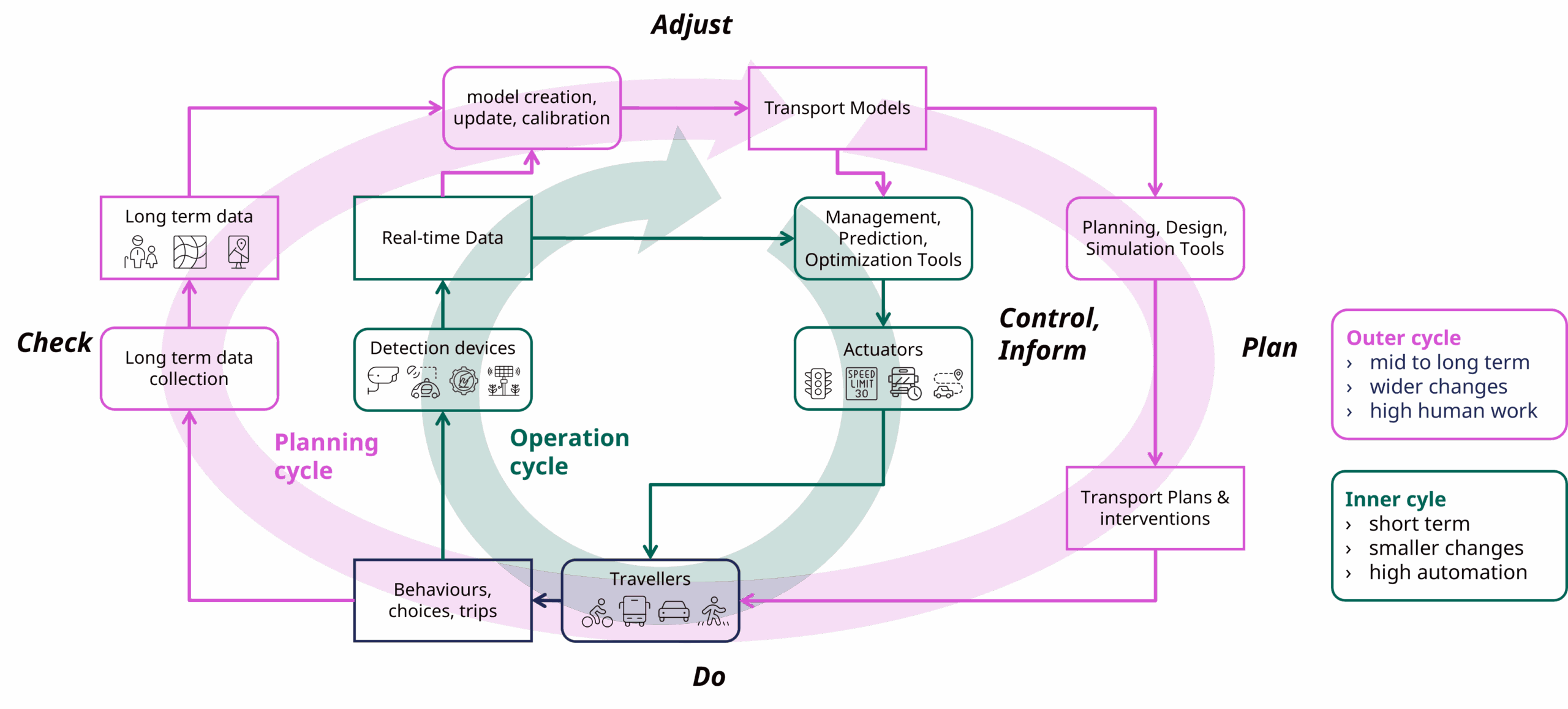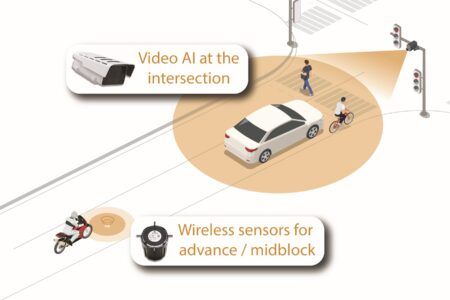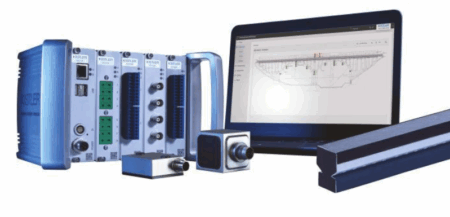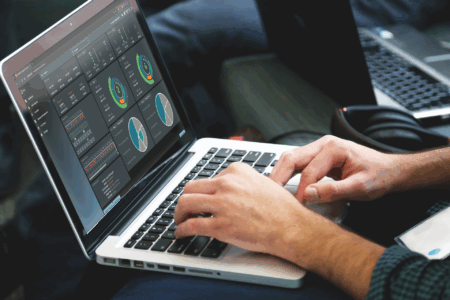Ahead of the ITS World Congress in Atlanta, TTi spoke with Christian U Haas, CEO of PTV Group, about the power of data, the promise of AI, and why an integrated approach is essential for the cities of tomorrow.
This year’s ITS World Congress carries the motto, “Deploying Today, Empowering Tomorrow.” Where do you see the biggest starting point?
“There’s a lot of truth in that motto. Cities today are grappling with pollution, congestion, and the challenge of creating safe, inclusive, and sustainable mobility environments. Yet, the technology available to us has never been more advanced. Modern roadway sensors can now detect vehicle trajectories, classify vehicles, register red-light violations, and even identify near-miss events – all in real time. Advanced traffic management tools enable managers to respond swiftly to changing conditions, minimizing delays, reducing emissions, and enhancing overall traffic flow. This kind of technology offers tremendous potential to reshape mobility for the better.”

What role does AI play in this transformation?
“A crucial one. AI is what turns vast datasets into actionable insights. It enables real-time traffic management, predicts future bottlenecks, and drives efficiency. I’d go as far as to say that AI is the defining innovation in the mobility sector today. While many AI and machine learning tools are still in their early stages, they are developing rapidly and will soon become standard in transport planning and traffic operations.”
How does AI influence your work at PTV Group and Econolite under the Umovity umbrella?
“AI is central to our development strategy. For example, we apply AI to accelerate and improve the creation and calibration of transport models, making processes faster and more accurate. Only recently, we integrated AI-based employee estimations into PTV Model2Go – a faster, more scalable, and more accurate approach than traditional methods of collecting and preparing this data. This spring, we introduced Autoscope OptiVu, a high-definition video detection system. It uses cutting-edge AI and machine learning algorithms to support next-generation traffic management and ITS applications.”
“Umovity’s vision is a truly connected mobility ecosystem – one that empowers cities to become smarter and greener”
Tell us more about the importance of connecting data sources.
“In late 2024, we introduced our Dynamic Multimodal Network Management concept. This integrates operational planning, traffic management, and decision support into one unified strategy. The goal is to allow cities to coordinate all modes of transportation – public transit, walking, cycling, shared mobility, and connected and autonomous vehicles.
“By combining real-time, model-based, and historical data – from detectors, signal controllers, floating car data, and more – we give cities a complete view of their mobility landscape. AI then helps make sense of this information, supporting dynamic planning and enabling faster responses to all mobility challenges.”
So, the future of mobility is not just about technology, but about integration?
“Exactly. Integration is key. By breaking down silos between systems and modes of transport, cities gain the tools to better respond to disruptions, reduce congestion, and plan more sustainably. Our vision is a truly connected mobility ecosystem – one that empowers cities to become smarter, greener, and more responsive in how they safely move people and goods.”
This article first appeared in the August issue of TTi





